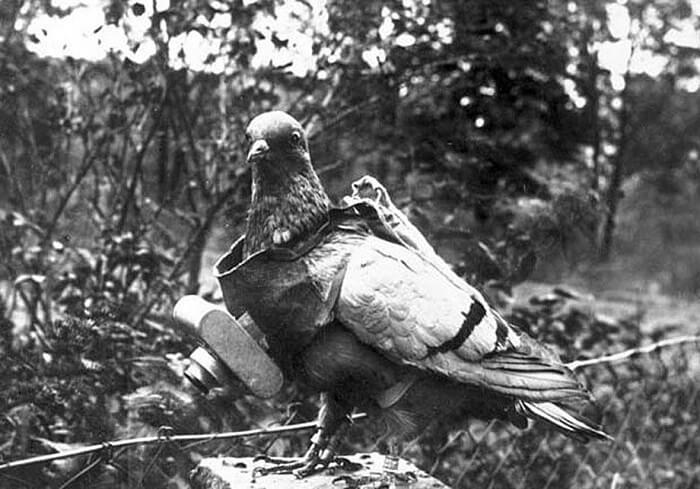The use of drones and their history

Drone use - History of aerial photography
To begin with, we will introduce you to the history of aerial photography, otherwise known as aerophotography. The pioneer was Gaspard Felix Tournachon "Nadar". Nadar was supposed to become a medic but fate threw him in a completely different direction, he became an artist cartoonist and photographer, worked for many editorial offices, later on his own account. He took his first aerial photo over the Bievere Valley in 1958 from a balloon! Unfortunately, this photo has not survived. Today we can see another photograph of him from 1968 in which we can admire Paris.

Source: photoblog.en/7877,nadar-father-of-flight-photography
After balloons came kites, which were pioneered by Arthur Batut and continued by George R. Lawrenca. He used the idea of a camera mounted on a kite. With this method, he recorded the destruction in San Francisco caused by the earthquake.

Photo. Georg R. Lawrence, San Francisco 1906 Source: nytimes.com/2015/07/26/magazine/the-unquiet-sky.html?_r=0
A very interesting idea was to use pigeons to practice aerial photography. The birds were equipped with cameras mounted with special cups/harnesses. Julius Neubronner came up with it in the early 20th century.

Source: slate.com/blogs/behold/2012/10/29/julius_neubronner_and_the_amazing_world_of_pigeon_photography.html
Aerial photography developed greatly during the world wars. Largely due to Sherman Mills Fairchild, who, for health reasons, unable to support the war on the front lines, decided to do it in a different way. During the world wars, aerial photography was used to observe enemy movements however, this was initially hampered by the limited capabilities of the cameras of the time. The main problem was the shutter was too slow and it was Fairchild who took care of improving it, in addition, he introduced an intervalometer. In the 20 years between the wars, he showed how many applications aerial photography could have and how wide the audience for aerial photography could be.
Very long after the world wars, aerial photography was used for military purposes, m.in. by the US to spy on the USSR in the 1950s and for scientific purposes in later years. However, in this field, aerial photography has gradually moved towards satellite imagery.
For the moment, the aerial photography market is dominated by unmanned aerial vehicles, which are becoming more popular every year. Photos or videos taken "from a drone" have multiple uses. They can be used as a hobbyist, for photography enthusiasts or commercially in advertising, agriculture, archaeology, etc. Some of them I will try to familiarize myself with.
Where did the name drone come from?
 The name "drone," translated as droning or buzzing, was first used by the designers who converted Havilland Tiger Moth aircraft into remote-controlled. This was probably meant to be a humorous reference to another name for these machines-"Queen Bee" or queen bees. But that's not the kind of drones we're interested in, but multi-rotors.
The name "drone," translated as droning or buzzing, was first used by the designers who converted Havilland Tiger Moth aircraft into remote-controlled. This was probably meant to be a humorous reference to another name for these machines-"Queen Bee" or queen bees. But that's not the kind of drones we're interested in, but multi-rotors.
The road to unmanned multirotors from Leonardo da Vinci's first designs to the ones we know today has been long and winding. Perhaps the biggest change that has occurred in them is the size of the. Initially, they were machines in which a person could easily sit, today the smallest drones are the size of a coin. Originally used for military purposes, they are now used by civilians, and there are even many drones for kids.
As mentioned above, it is drones that have taken the aerial photography market by storm. First of all, because it is less problematic and less expensive than organizing a plane, a pilot and a photographer. Multi-rotors as of recently they are getting cheaper and everyone can afford to buy them.